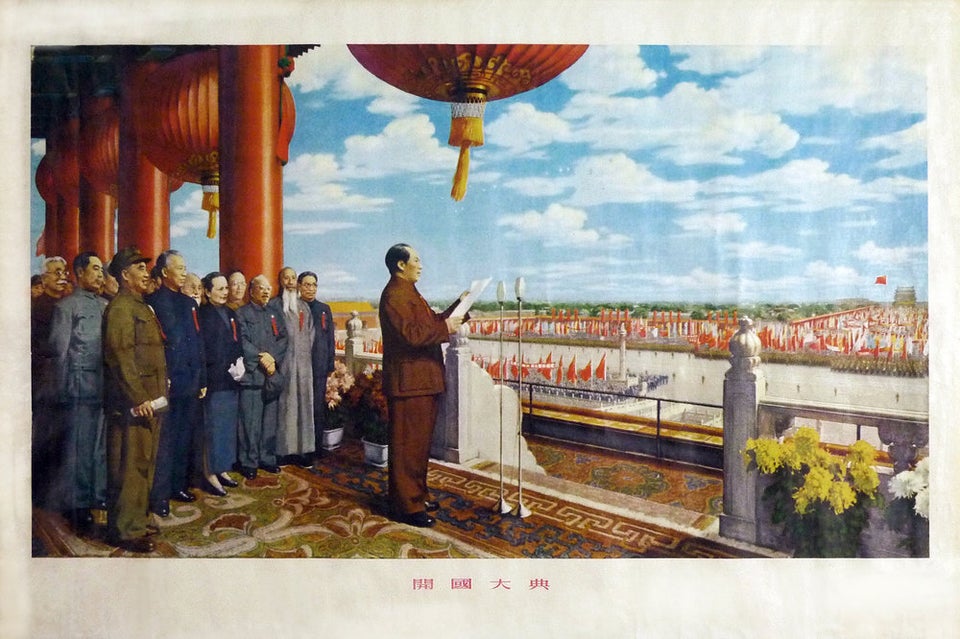Last year a side interest started to nudge me. It has since happily taken over much of my free time.
The side interest was that I drawn to learn more about unintended consequences, systems, and complexity. But I wanted a different way to start. These topics are often ignored but I started to read historical examples, look at systems models, and take a closer look at why things often don’t work out the way people (with the best of intentions) thought.
To help me learn I started to write essays on this topic.
Over the last year my writing has been featured in media like TechCrunch, Exponential View, The Browser, Marginal Revolution, Human Risk Blog, as well as making it to the top page of Hacker News multiple times. I didn’t seek links or external coverage, figuring that I needed to do more work first. Still, people reached out to me about my writing. That plus comments and encouragement from friends kept me going.
Last week I finished my 50th post. I thought I’d share what I learned while writing these essays, both related to content and commitment. Continue reading “50 Essays on Unintended Consequences (What I Learned)”

